In the land where I grew up, trees were important. This was in the rangeland of north central Montana, in an old, worn group of buttes called the Bear Paw Mountains. Native grasses and trees covered these buttes, as well as irregular patches of shale rock. Bubbling springs and cheerful creeks were salted throughout the buttes, many so hidden they were seldom seen by humans.
There were fir, pine, aspen, willow, hawthorne, dogwood, serviceberry and chokecherry, to mention just a few. The trees provided shelter for livestock during stormy weather as well as hot days. Wildlife and birds made their homes in the trees and bushes.
In random patches across the buttes, the trees encouraged inquisitiveness. As a young child, I loved exploring amongst the different trees and brush patches. From our log house situated in a small valley, I could look out the large picture window by the kitchen table and pick a group of trees to hike to and explore. Myself, our dog Mucky, and many times my sister Christy would spend timeless stretches in the dark green light, splashed with sun here and there, following deer trails or making our way through almost impassable thickets. In the thickets of hawthorne, long sharp thorns reached to stab our arms and backs, or embed themselves in our legs. We would shriek, jerk away and keep on creeping through.
If I had to choose a tree that has been a way marker in my life, it is the Old Fir Tree. This venerable conifer stands in the valley south of the log house I grew up in. From the big picture window in the living room, the Old Fir Tree stands as a sentinel. Walks through the valley, along the small creek that flowed and tumbled along always led past the Old Fir Tree. It witnessed all of the stages of my growing up. Sometimes now when I go past, it says to me, “Growing up continues always.” As I think about the Old Fir Tree, I know it is an observer for all that has occurred and will occur in this valley within its sight. When I walk by it, I give it my regards. Within its rough, curly grey bark and pillar-strong trunk, I can feel its heart, a slow, deep thump in tune with the land.
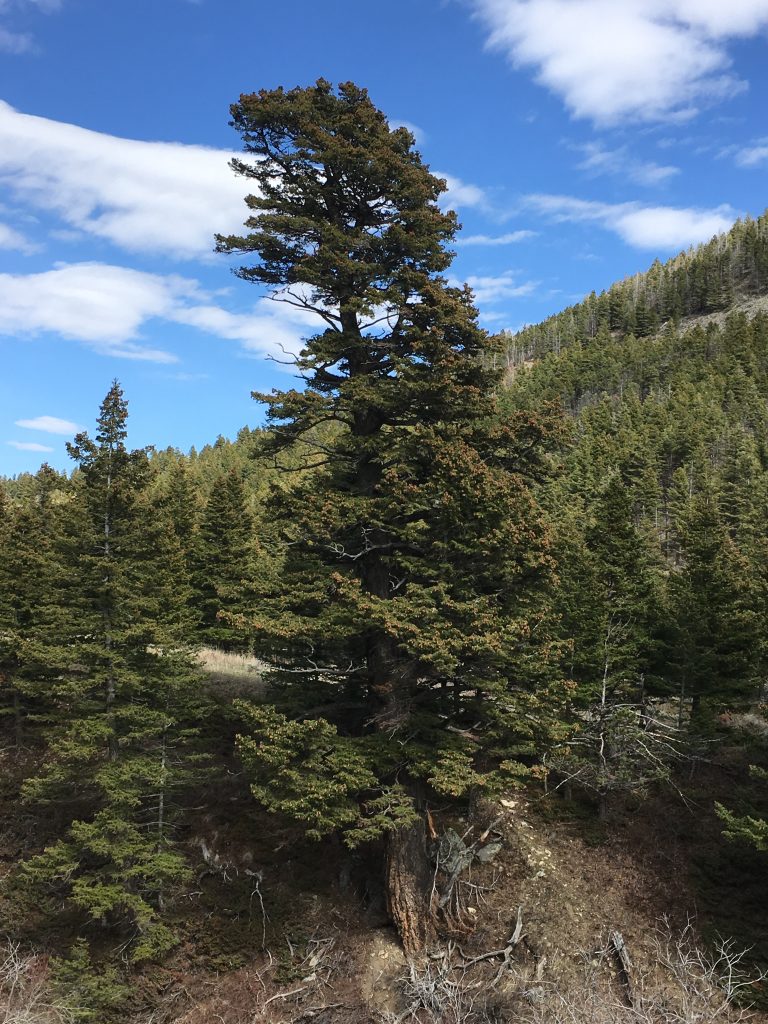
In her book, To Speak for the Trees, Diana Beresford-Kroeger writes: “…trees are sentient beings. Far from being unique to the Celts, this idea was shared by many of the ancient civilizations that lived in the vast virgin wildwoods of the past. The Celts believed a tree’s presence could be felt more keenly at night or after a heavy rain, and that certain people were more attuned to trees and better able to perceive them. There is a special word for this recognition of sentience, mothaitheacht. It was described as a feeling in the upper chest of some kind of energy or sound passing through you. It’s possible that mothaitheacht is an ancient expression of a concept that is relatively new to science: infrasound or “silent” sound. These are sounds pitched below the range of human hearing, which travel great distances by means of long, loping waves. They are produced by large animals, such as elephants, and by volcanoes. And these waves have been measured as they emanate from large trees.” Well. Now I know I am not crazy when I feel the trees tug at my attention and then feel awareness inside sent by them.
Aspen is my all time favorite tree followed closely by the willow. The white bark of the aspen, marked with dark hieroglyphics in its own language has captivated me all my life. The rounded, serrated edged leaves are talkative as they tremble and dance in the slightest of breezes. In the autumn, the brilliant golden color of the leaves takes my breath away.
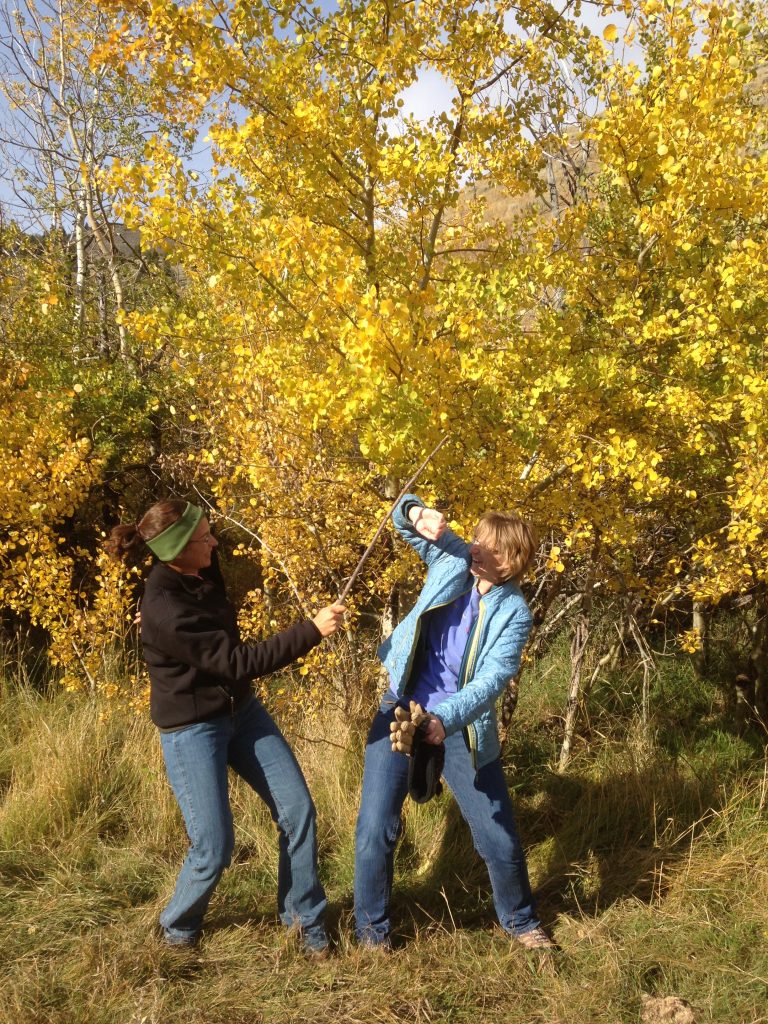
When I stand within a grove of aspens, their whisper and community of one cradles me in peace and aliveness. Aspens are unique in that each grove is a single entity. That is, to quote Diana Beresford-Kroeger in another of her books, Arboretum Borealis, A Lifeline of the Planet, “These mono-forests of ancient vegetative growth, where each cell of each tissue of trunk, root, and leaf is identical to another in this extraordinary mass march of existence, may well represent some of the oldest living organisms on earth.”
Willows, with their narrow leaves and tangle of branches, who grow so close to one another you can’t tell where one begins and one ends, are safety for me. They surround me and hide me. On certain days, they release their willow-scent for me. I know no other way to explain it except that it is willow; green, airy with a dash of warm wood and sap. I call them Willow Folk.
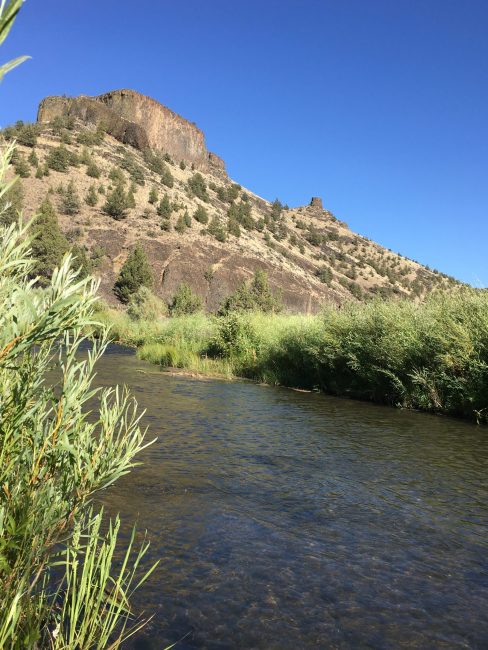
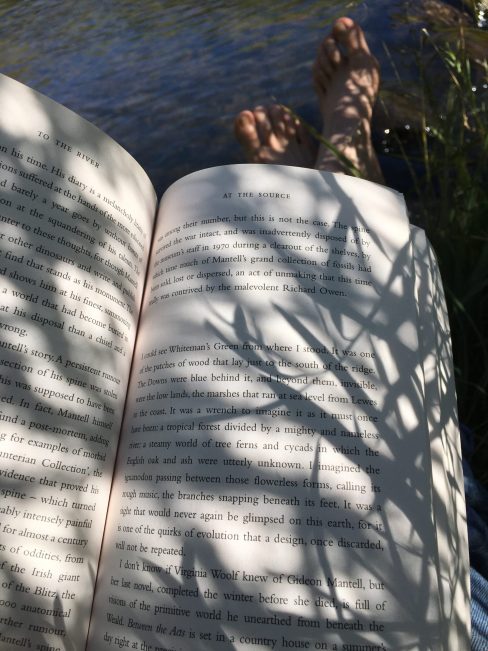
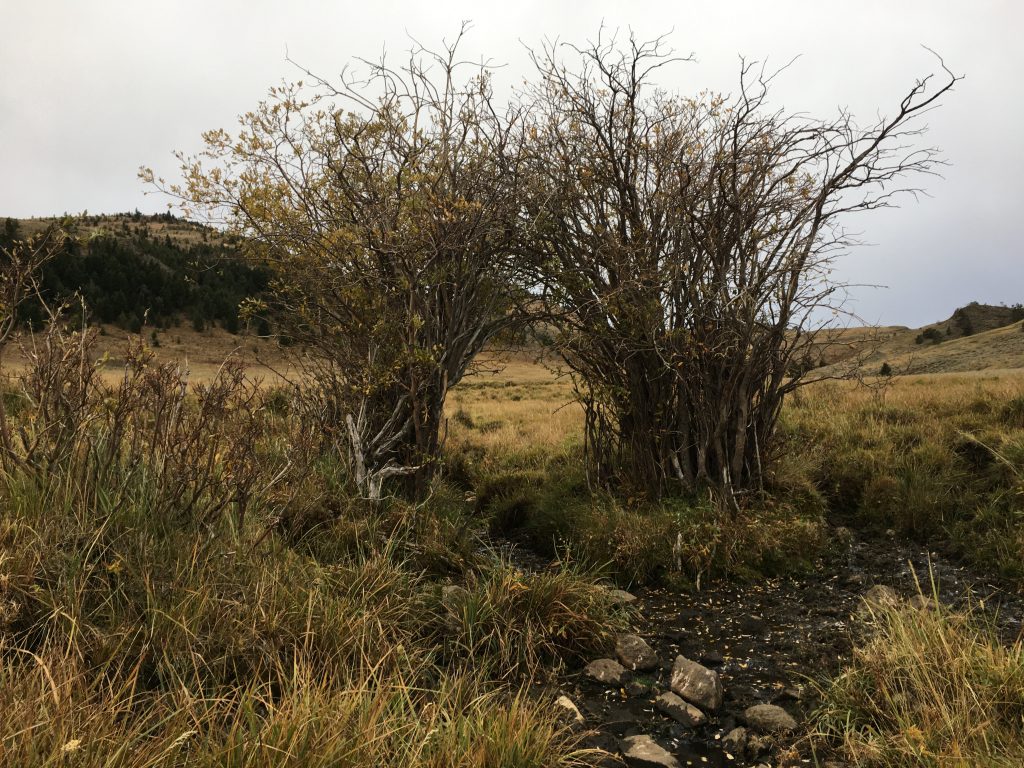
Then I read in Beresford-Kroeger’s book that aspens and willows are a part of the same tree family, Saliaceae. No wonder both of them call to me. It also strikes me, although I am by nature someone who treasures time alone and spends a great deal of time in happy solitude, that my favorite trees grow in groves together.
Two years ago when I moved from Montana to central Oregon, I met the western juniper. They grow everywhere in the land where I now live. At first I was annoyed with them as they obscured the distant views I was accustomed to from the plains of Montana. As I walked the land in Oregon, in the beginning I had to mind my path as it was easy to become lost because the junipers all looked the same and made the land look the same. It was some time before I learned to catch quick glances between the junipers for distant landmarks with which to orient myself. Now, I have come to admire their ancientness and fanciful shapes they twist themselves into.
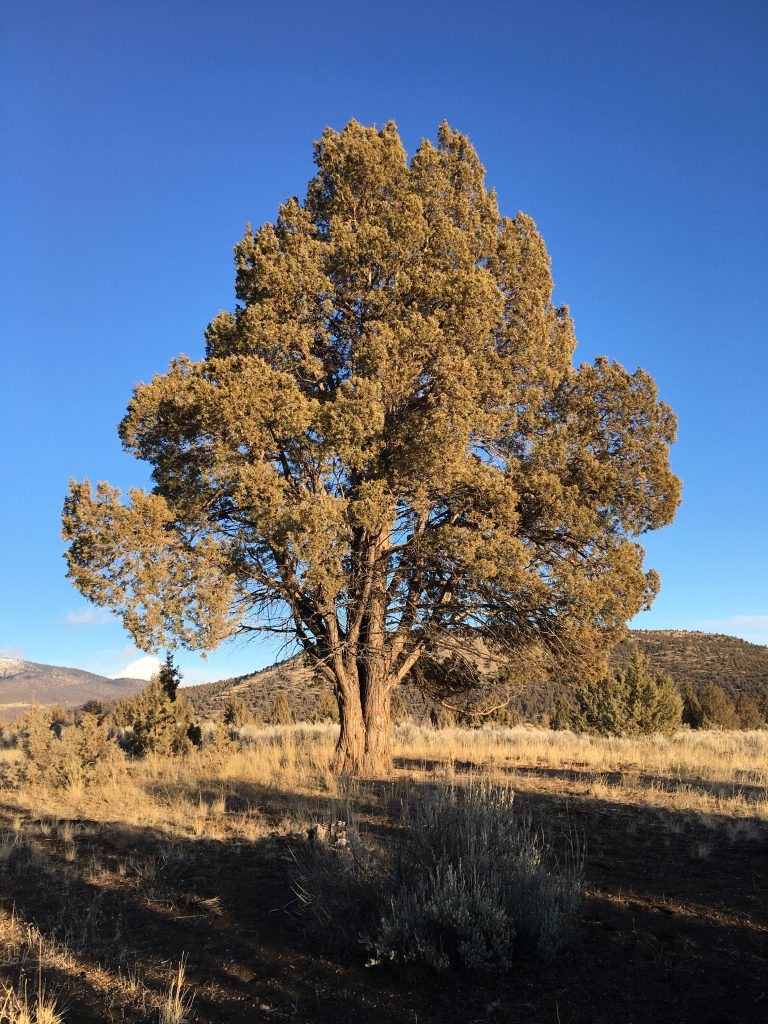
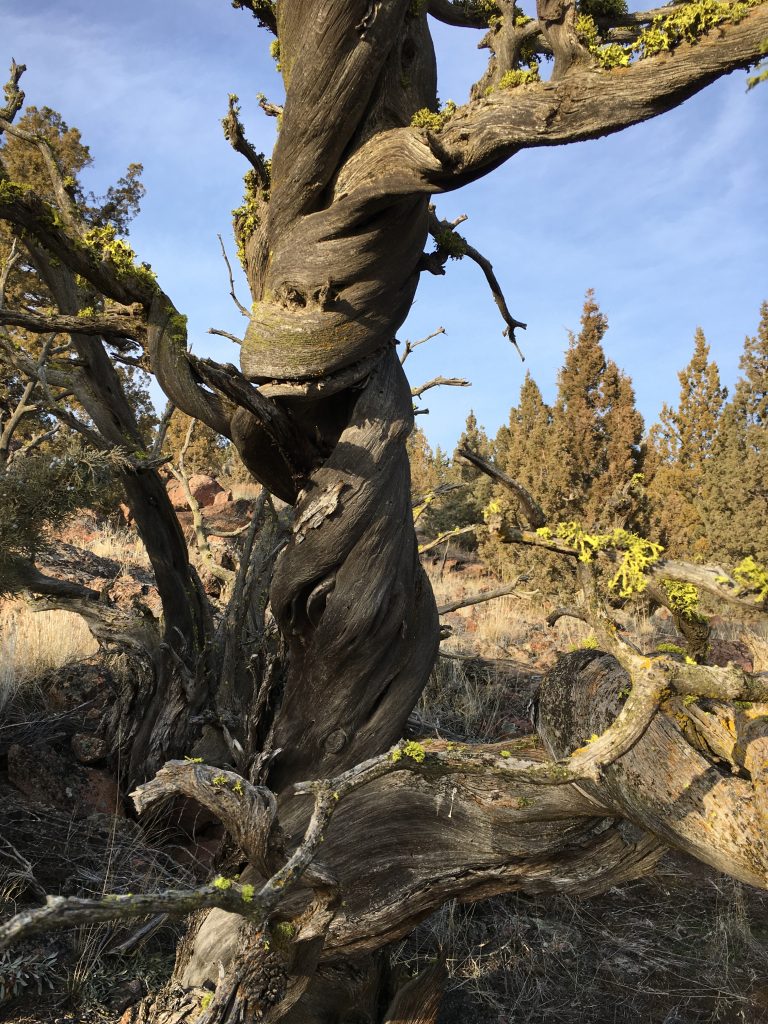
When you find yourself amongst trees, any trees, lay back on the ground underneath them and look up.
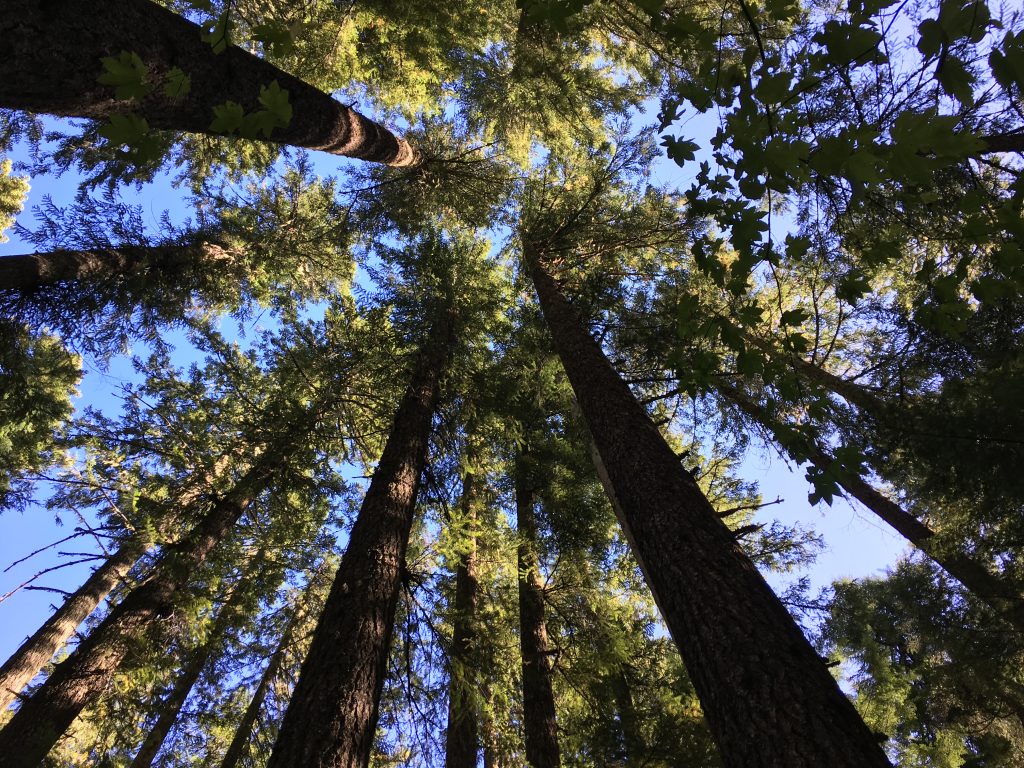

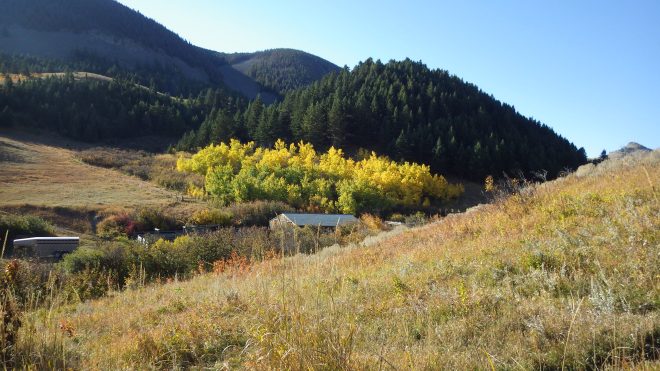
Dear Jenny,
I’ve always wanted to know trees better but reading your letter, now even more!
Did you read the hidden life of trees? Just curious!
Trees help me ground and elongate at the same time. They are a refuge too for me. Sometimes I think they sort of talk to me…
I really enjoyed your pictures; I want to see Oregon one day!
Willow trees are my eldest’s favourite!
Happy tree and namaste to you!
Xx
Dear Isabelle,
Trees are incredible beings, and I am glad to know that you can feel their presence also. How they ground and elongate you reminds me how you spoke of gravity and yoga earlier. We must collect similar books; The Hidden Life of Trees is on my to-be-read pile! Thank you for your words:) It would be wonderful if you came to Oregon one day, then we could meet face to face, although I have always been interested in the area where you live also.
I hope you find some trees to visit today💚
Love,
Jenny
I’d love to meet you too Jenny!
This morning during our walk with our puppy lab I noticed that all the trees were “glazed” with ice (we had freezing rain last night) and I wondered how they could “breathe” under that coating of ice on their trunks…
all that said, thank you again for opening my mind on trees; what we love we don’t hurt… I recently read braiding sweetgrass and it said how the native community, they have a way to ask permission before cutting a tree or taking anything from nature and I love that, it speaks to me.
Namas-tree dear Jenny!
xxx
It would be wonderful to take a walk together and talk and talk! The trees must have been beautiful clothed in the ice. Asking permission from nature and what we use is important and for us to sustain an ancient connection, I believe. It shows consideration, respect and honor. Your words…”what we love we don’t hurt” are a deep truth.
A beautiful day to you, Isabelle✨
🙏🏻🙏🏻🙏🏻
❤️❤️❤️
Hi Julie,
Thank you for your tree memories and comments! It would be a bare world in many ways if there were no trees.
Hi Jenny, I also believe that trees are probably at top of the list of important things that we all can connect to on some level. I am almost positive that there isn’t a human being alive that doesn’t have an inherent feeling that trees are vital to our survival even though it may seem like that connection isn’t as strong for some as others. As a child I recognized particular trees around me and looked upon them as living, breathing entities that I can honestly say were my friends. I could sit under them for shade, hide between them for seclusion, observe the wildlife that climbed or crawled or buzzed around them, or sat in their branches and made nests for eggs that eventually hatched into beautiful birds. i loved the changes they went through during the seasons and the colors and textures they provided for my visual delight.
Our first house here in America had a weeping willow that my parents planted when it was a small sapling. In the nine years that we lived there it grew into a huge sweeping, graceful tree that I loved watching as it swayed in the breezes or hung calmly to the ground where I picked its soft, long branches that I played with. Other trees that I recall were the oak trees in California that no two were alike and each had twisty trunks and gnarly limbs and dropped acorns to the ground. There were live oaks that stayed green all year and the other coastal oaks that shed their leaves to reveal the beautiful and unique structures that were hidden under foliage for most of the year. I loved the pines and other conifers of all sorts that grew from the coast to the High Sierras, all having unique characteristics and that scent that always reminds of going camping as a child when we got away from the busy suburban life and could relax and explore nature. I Now love the Western Junipers, even though some consider them “weed trees”. I see in them a tree that wants to be an oak of majestic pine or graceful Cypress tree. They also have very different appearances depending on their particular habitats and climates. And one of my favorites, like you, is the amazing aspen. The striking colors of the white trunks against the bright spring leaves and the golden fall colors is rivaled only by the red maples and other deciduous trees of the east coast forests. And let’s not forgot all the trees that make blossoms in the spring or have flowers all year long. There are fruit trees, magnolia trees, hawthorns, acacias, and so many more.
So the one most important feature of threes is thier ability to turn carbon diaxide ianto oxygen. They are nature’s air purifiers and really aside from procucing food for both humans and animals they give us the very air we breathe. I do believe trees have feelings and are connected to each other and when some have been felled that the others feel it. Right now they are in peril against a climactic force that I believe is a struggle for them and it hurts me to feel their pain and suffering. Why are we so sensitive????!!!! And how can others not be?! And what are we going to do when there are not enough trees to make our air breathable again?! Eternal questions for which there are no answers.
Dang! I should have proof read a little better…..I really am not illiterate, just hasty! ;>)))
I love your blogs…keep ’em coming.